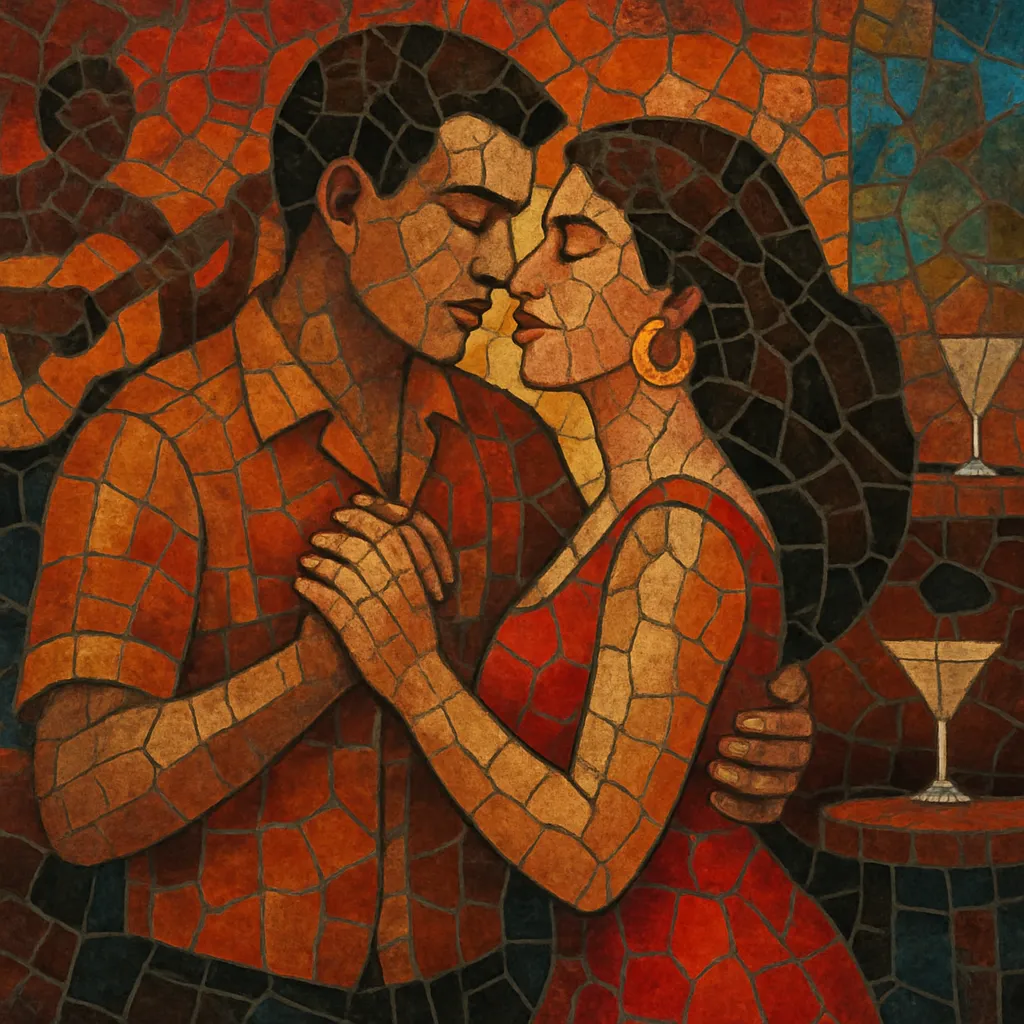Brega is a Brazilian popular music style known for unabashed romanticism, dramatic vocal delivery, and melodically memorable choruses. Often associated with working-class audiences in the Northeast and North of Brazil, it embraces sentimentality—songs dwell on love, betrayal, jealousy, and longing—using straightforward harmonies and lush, sometimes kitschy, arrangements.
Musically, classic brega favors mid-tempo grooves, prominent keyboards or string-synth pads, clean electric guitars, and steady drums or drum machines. Its harmonic language leans on familiar pop progressions and the climactic “truck-driver’s gear change” (a last-chorus key change) to heighten emotion. Once dismissed by elites as “tacky,” brega has since been reappraised as a vital expression of Brazilian popular taste and a wellspring for newer subgenres.
Brega emerged in Brazil—especially in the Northeast and North—at the turn of the 1970s. Drawing on bolero’s melodrama, pop and rock’s verse–chorus formats, and the crooning ballad tradition, artists began releasing emotionally direct songs that resonated with urban, working-class audiences. Early icons such as Reginaldo Rossi (from Recife) and Waldick Soriano helped define the style’s intense vocal approach, romantic themes, and accessible, danceable grooves.
Through the 1970s and 1980s, brega spread across Brazil. Singers like Odair José, Wando, Lindomar Castilho, Amado Batista, José Augusto, and Paulo Sérgio became radio staples. The arrangements featured electric guitars, string-synths, and steady rhythm sections that supported highly melodic, sing-along choruses. Despite critical disdain that labeled it “cafona” (tacky), the music’s popularity and staying power cemented its place in Brazil’s pop landscape.
As MPB and rock enjoyed critical prestige, brega’s unabashed sentimentality was often mocked. Yet the genre’s audience remained loyal, and its sonic fingerprints—especially the climactic key change and melodramatic vocal style—continued to permeate mainstream romantic pop. Over time, scholars and journalists began revaluing brega as an authentic expression of taste, class identity, and regional culture.
In Pará (North), local scenes fused brega’s romantic DNA with electronic production, birthing tecnobrega (tecnobrega) and brega calypso. In Pernambuco (Northeast), producers later hybridized brega’s melodic sensibility with funk carioca rhythms, creating brega funk. Meanwhile, in Bahia, the slow-dance style arrocha drew heavily on brega’s lyrical and vocal aesthetics. These branches revitalized brega’s relevance for younger generations.
Brega endures as both a classic romantic style and a living source of innovation, informing club-oriented hybrids and regional pop across Brazil. Its core—direct emotion, memorable melody, and dramatic delivery—remains intact even as production updates move from live bands to drum machines and DAWs.


